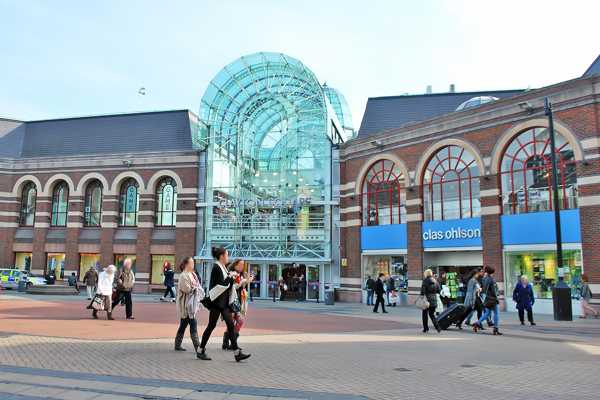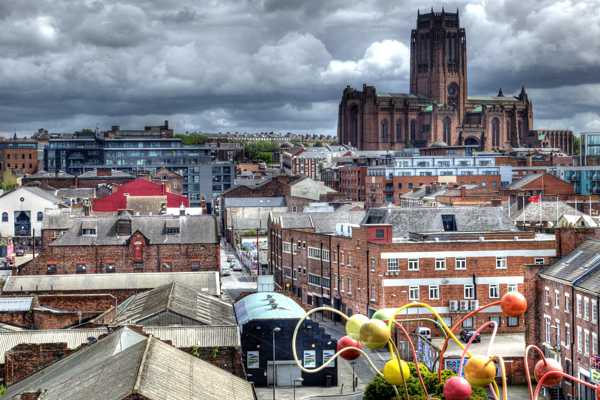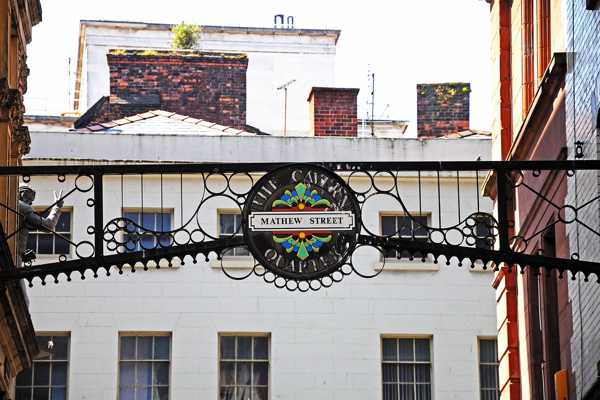The Port of Liverpool Building is one of Liverpool’s Three Graces which define the city’s gorgeous skyline. The trio of historic buildings also includes the iconic Royal Liver Building and the Cunard Building. They are located at the Pier Head on the waterfront beside the River Mersey. The buildings form an important part of Liverpool's UNESCO-listed World Heritage Maritime Mercantile City.
This Grade II-listed building is easy to recognise from its distinctive dome. That wasn’t actually part of the original design. However, the architects decided the building should be more imposing. They borrowed the idea of a cupola from an unused plan for the city’s Anglican Cathedral. The dome, coupled with the Portland stone cladding and the symmetry of its architecture, makes the Port of Liverpool Building one of the most impressive in the northwest of England.
Port of Liverpool Building - one of the highlights of 10 Most Iconic Buildings in Liverpool (Read all about Liverpool here)
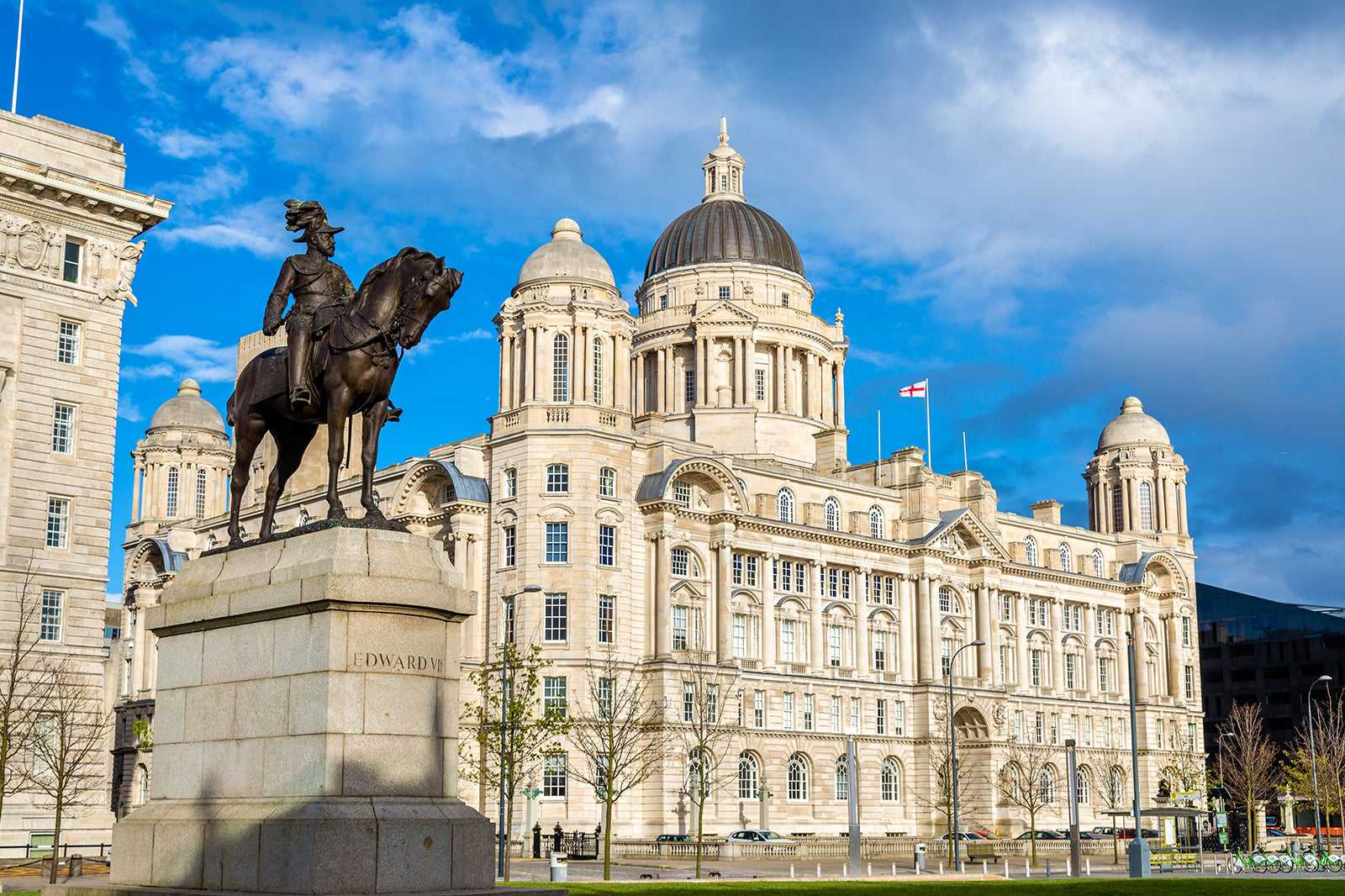
A brief history of the Port of Liverpool Building
The Port of Liverpool Building is the oldest of the Three Graces – it was built between 1904 and 1907 on land that had been George’s Dock before it was filled in. Part of the reclaimed site was sold off. The rest became the headquarters of the Mersey Docks and Harbour Board. The MDHB remained there until 1994 when it moved out to new premises. The Liverpool Archive looks after its extensive collection of photographs, clippings and other records.
As befits its original maritime function, the building’s decorative details also nod to the nautical. There are brass seahorses and shells above the doors and a sailboat depicted on a stained glass window. The central hall bears an inscription from Psalm 107. It reads: "They that go down to the sea in ships that do business in great waters, these see the works of the Lord and his wonders in the deep. Anno Domini MCMVII".
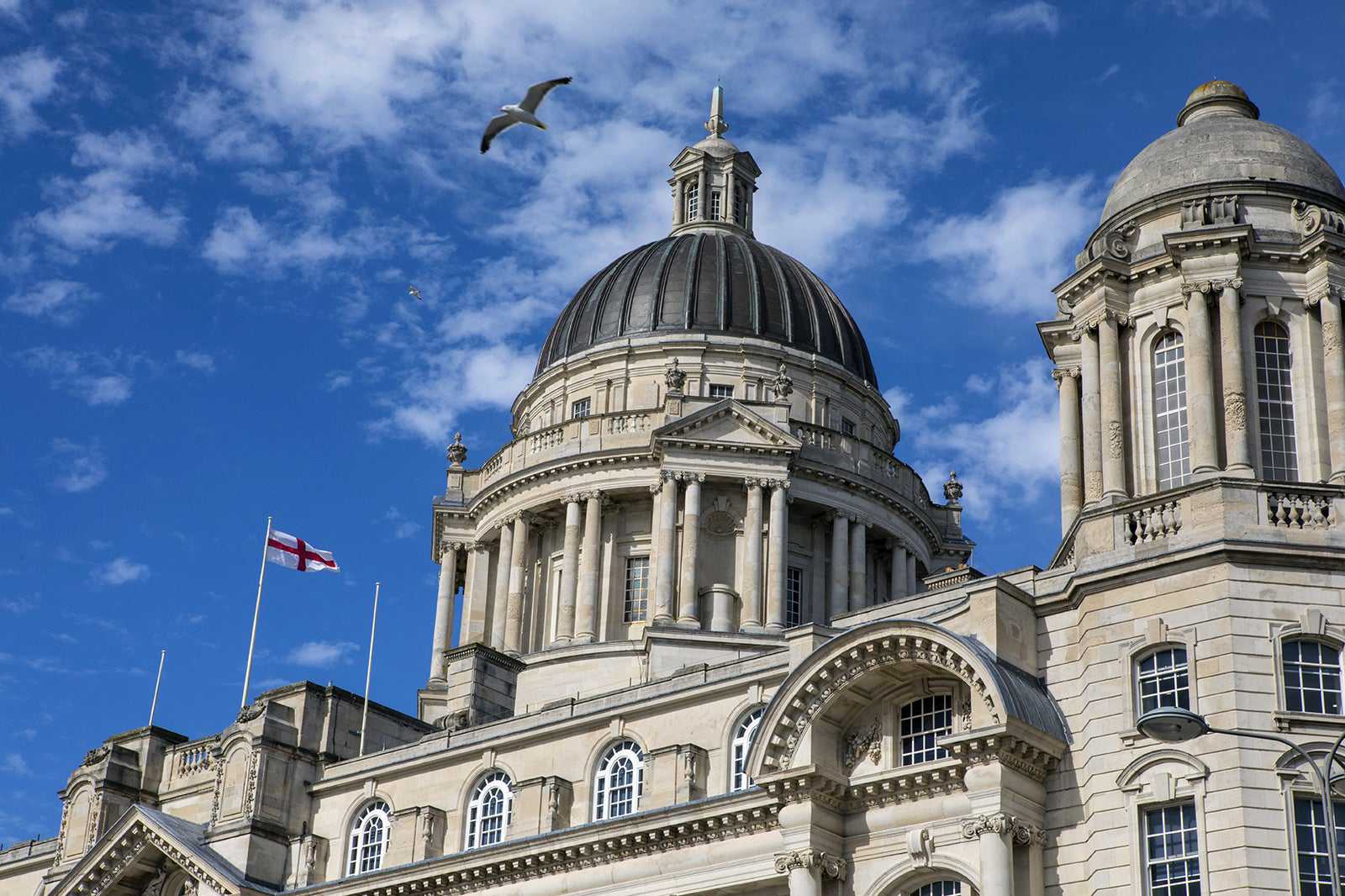
The building was built around a frame of reinforced concrete. This was necessary because the land beneath was infill. Such a strong method of construction made it more resistant to fire as well. A few decades later, this would prove to be critical. In 1941, the Luftwaffe bombed Liverpool, aiming to disable its docks. A bomb exploded in the basement of the Port of Liverpool Building, but although the damage was significant, it could be repaired. A less robust structure would have been pulled down.
A few years after the MDHB moved out, the Port of Liverpool Building was sold and redeveloped. A £10 million renovation smartened up the façade, restored the internal atrium and even repaired some of the World War II bomb damage that had never been fixed.
Today, it offers some of the best office accommodation in Liverpool and certainly the most prestigious address. In the evening, the building is illuminated and forms an integral part of the River of Light Trail each autumn and winter.
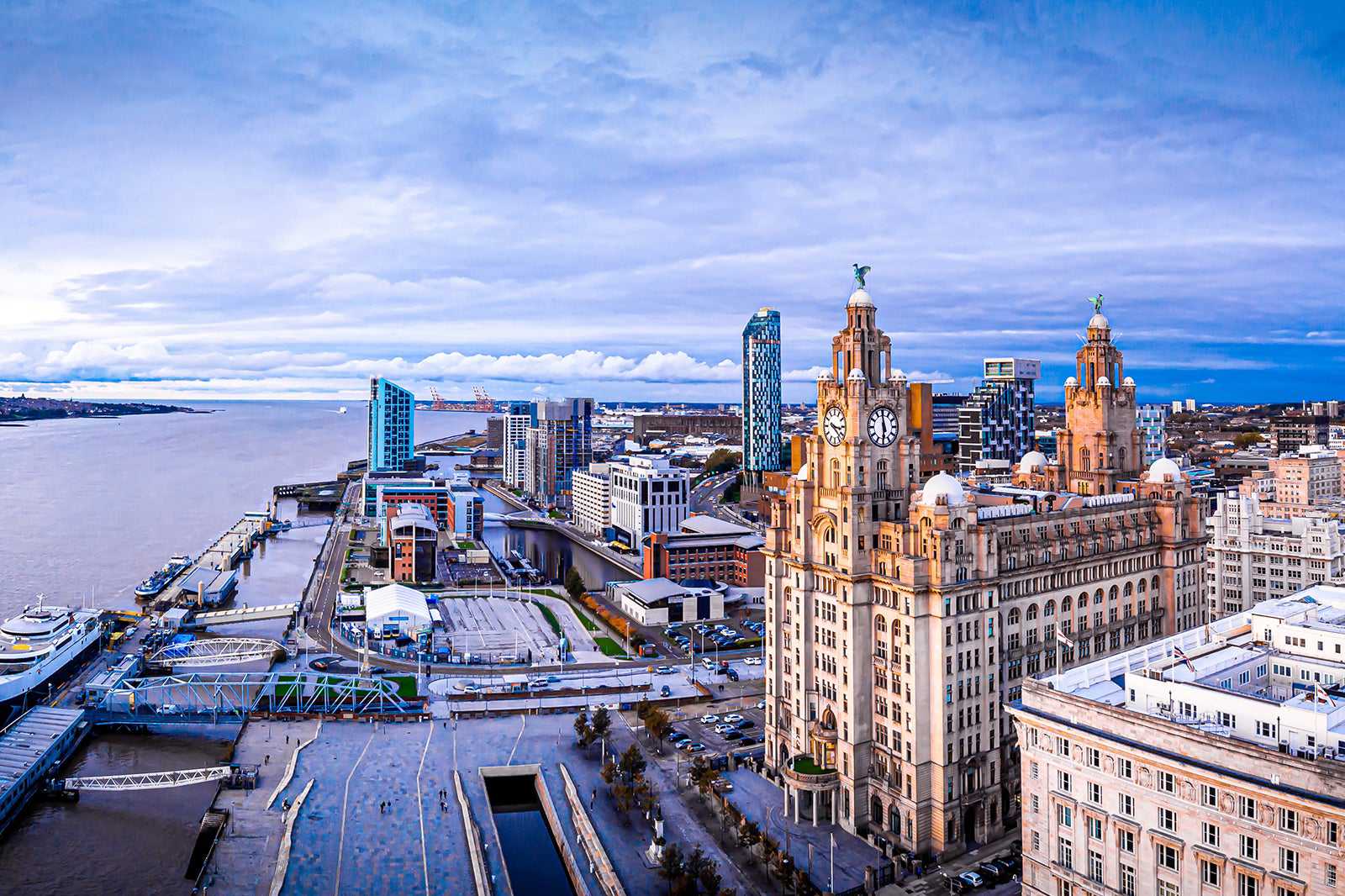
What’s good to know about the Port of Liverpool Building?
This part of Liverpool contains many of the city’s most popular visitor attractions. Within walking distance, you’ll find the Museum of Liverpool at Pier Head, as well as the departure point for the Mersey Ferries.
Albert Dock, which houses Tate Liverpool and the Merseyside Maritime Museum, is close by. Between the Port of Liverpool Building and the river are several monuments, one of which is a bronze sculpture of The Beatles unveiled in 2015.
Just beyond the Royal Liver Building is a granite memorial honouring the engineers who fought in vain to save the RMS Titanic on her ill-fated maiden voyage. Although the liner departed from Southampton, she was registered in Liverpool. As such, she bore the city’s name on her stern as the White Star Line’s offices were based in nearby James Street.
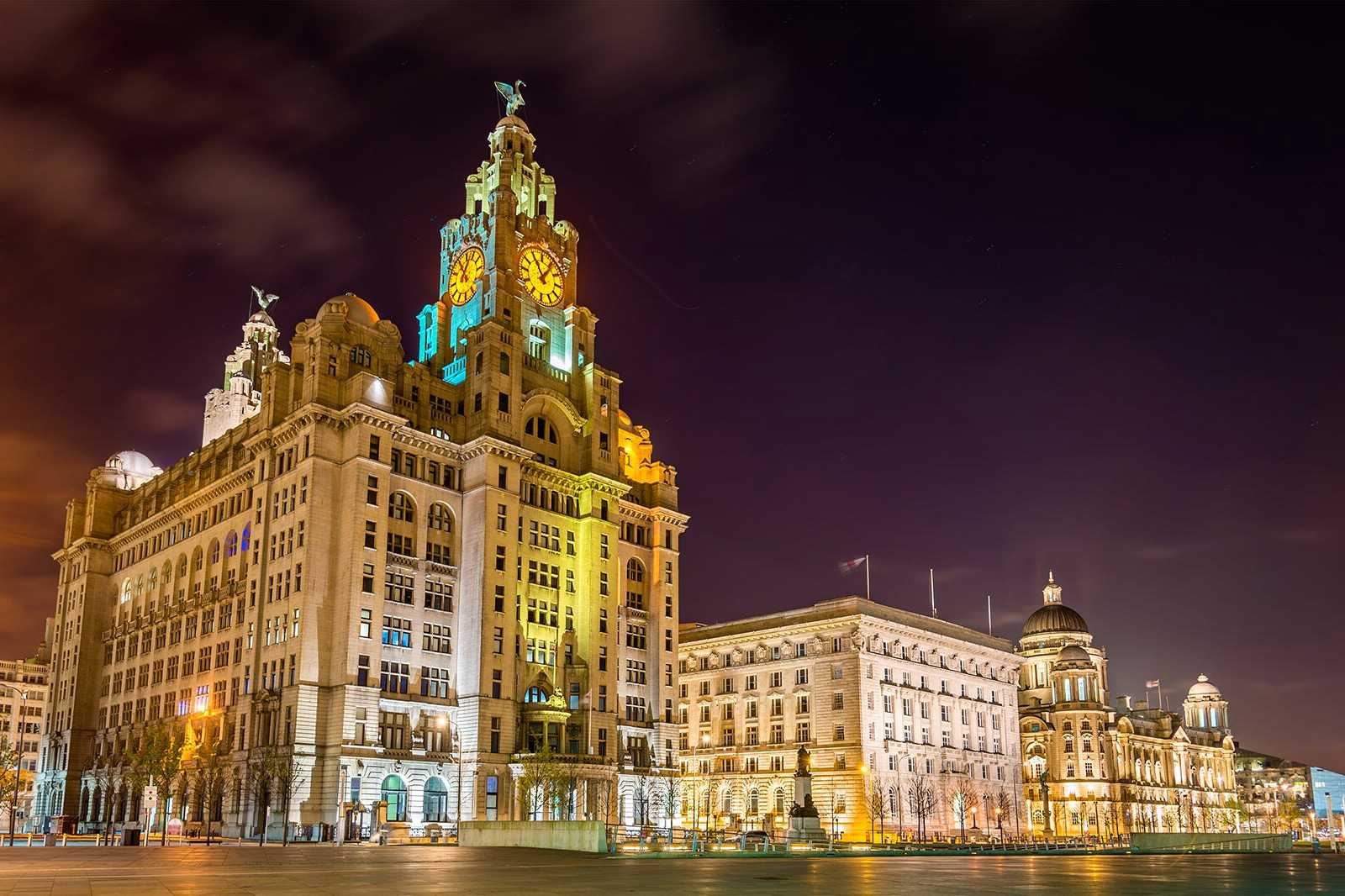
Port of Liverpool Building
주소: Brunswick St, Liverpool, UK

















